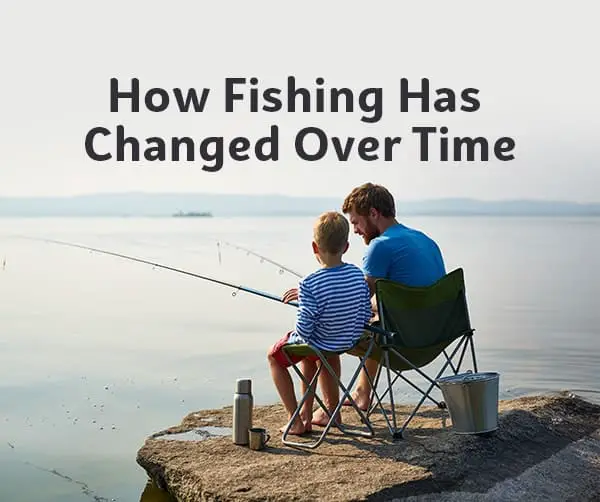Table of Contents
One of the most fascinating hobbies that man has engaged in is fishing. It doesn’t require a lot of money to participate and can last the whole day. Fishing is a good way for parents to bond with their kids. That’s one of the reasons that dads take their sons with them.
*This post may contain affiliate links. As an Amazon Associate we earn from qualifying purchases.
Some people have turned fishing into a sport, but most use it as a recreational activity. In some parts of the world, people use fishing as one of the few means to feed themselves.
As the adage goes, “Give a man a fish, and he’ll eat for a day. Teach a man how to fish, and he’ll eat for a lifetime.” That’s true. Since that’s the truth, then why does anyone of us worry about not having food? The answer is that some of us aren’t good at fishing and prefer to treat it as an activity, not a resource for nutrition.
Fishing has become a big industry for businesses. It is a multibillion-dollar industry, and many companies have invested a lot of resources to get their share of the pie.
Fishing has become a big industry for businesses. It is a multibillion-dollar industry, and many companies have invested a lot of resources to get their share of the pie.
Many years ago, fishing was one of the few means that people fed themselves. So when did fishing go from being a meal to a fun activity?
We went back into the history of fishing to find out its role in ancient civilization and tracked its progress to the present day.
Origin
Some people believe that fishing created a civilization. The ancient Egyptians relied on fishing to feed themselves and to sustain sailing expeditions to new lands.
The Land of the Pharaohs was highly dependent on its fisherman. The authorities designated fisherman to catch specific quotas during certain periods. The fisherman used large seine nets to catch the fish.
The ancient Egyptians weren’t the only ones. Travelers from the mid-19th century had catfish teeming under their canoes that were so thick that people could walk across the water on their backs.
In the Eastern Mediterranean, the first pre-industrial communities emerged around 3100 B.C. The superstructure of the pre-industrial state depended on ideologies that propelled the efforts of thousands of workers — the most important were the fishers out of all the food purveyors.
When the population grew, fish became a commodity. Fishermen transported their fish to markets and temples. The demand increased so much that individual communities became full-time fishers.
Eventually, fishing became a large industry. Some experts feel that the demand for fish far surpasses the supply so that we might be left with a fishless ocean in the future.
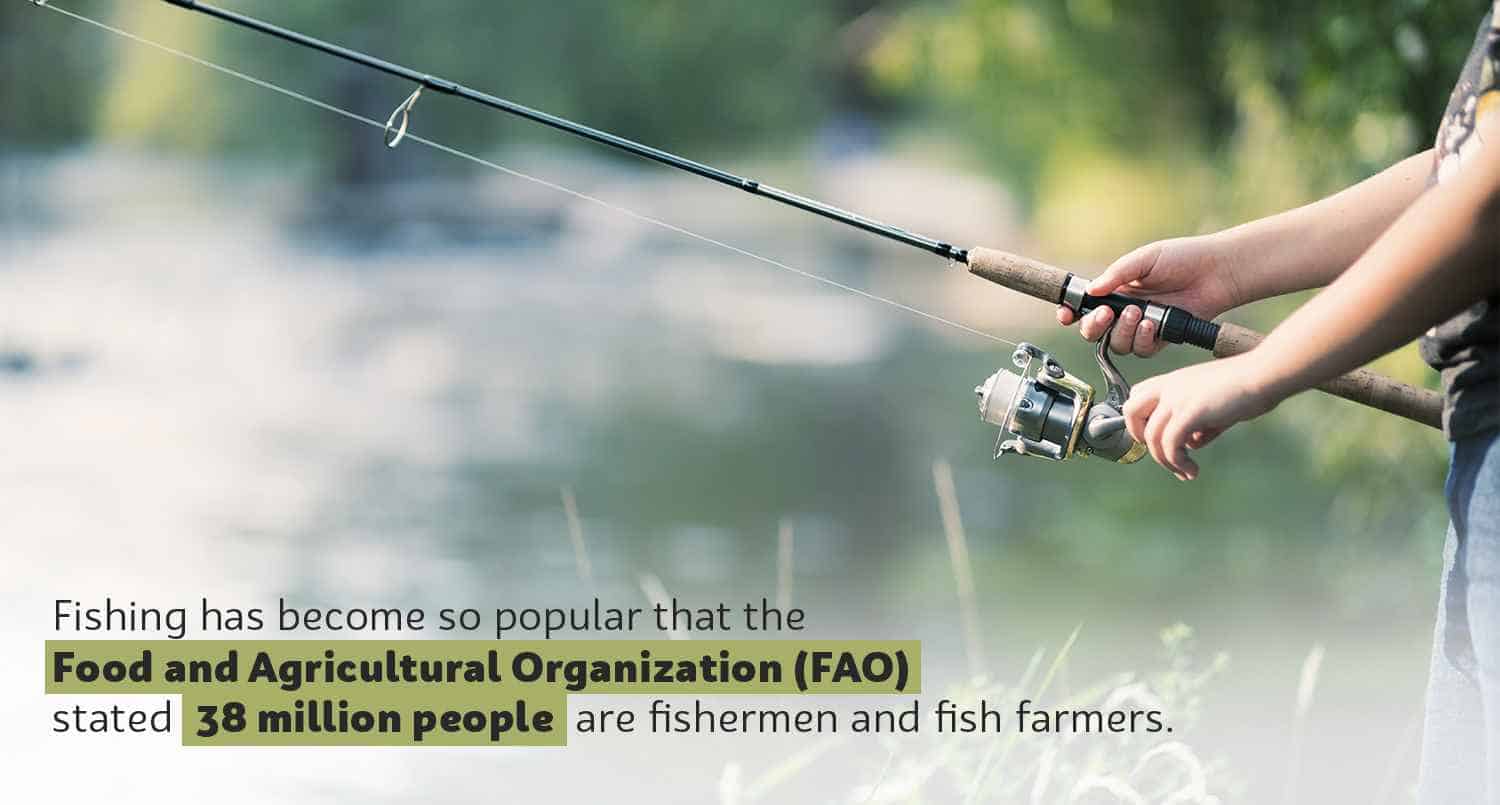
How fishing changed
The ancient method for catching fish, especially in Egypt, involved using reed boats. They also used woven nets, weir baskets, harpoons, as well as hook and line. After capture, they would club the fish to death.
They also used spears and bows. The fishermen used either an ordinary spear or a variant such as an eel spear or a trident. In the American South and Midwest, fishermen used a trident-type spear with a long handle for gigging fish in the shallows.
Some fishermen who didn’t have any tools used their hands to catch fish. The British Isles refers to the practice of catching fish with hands as trout tickling. Divers have also caught lobsters with their hands.
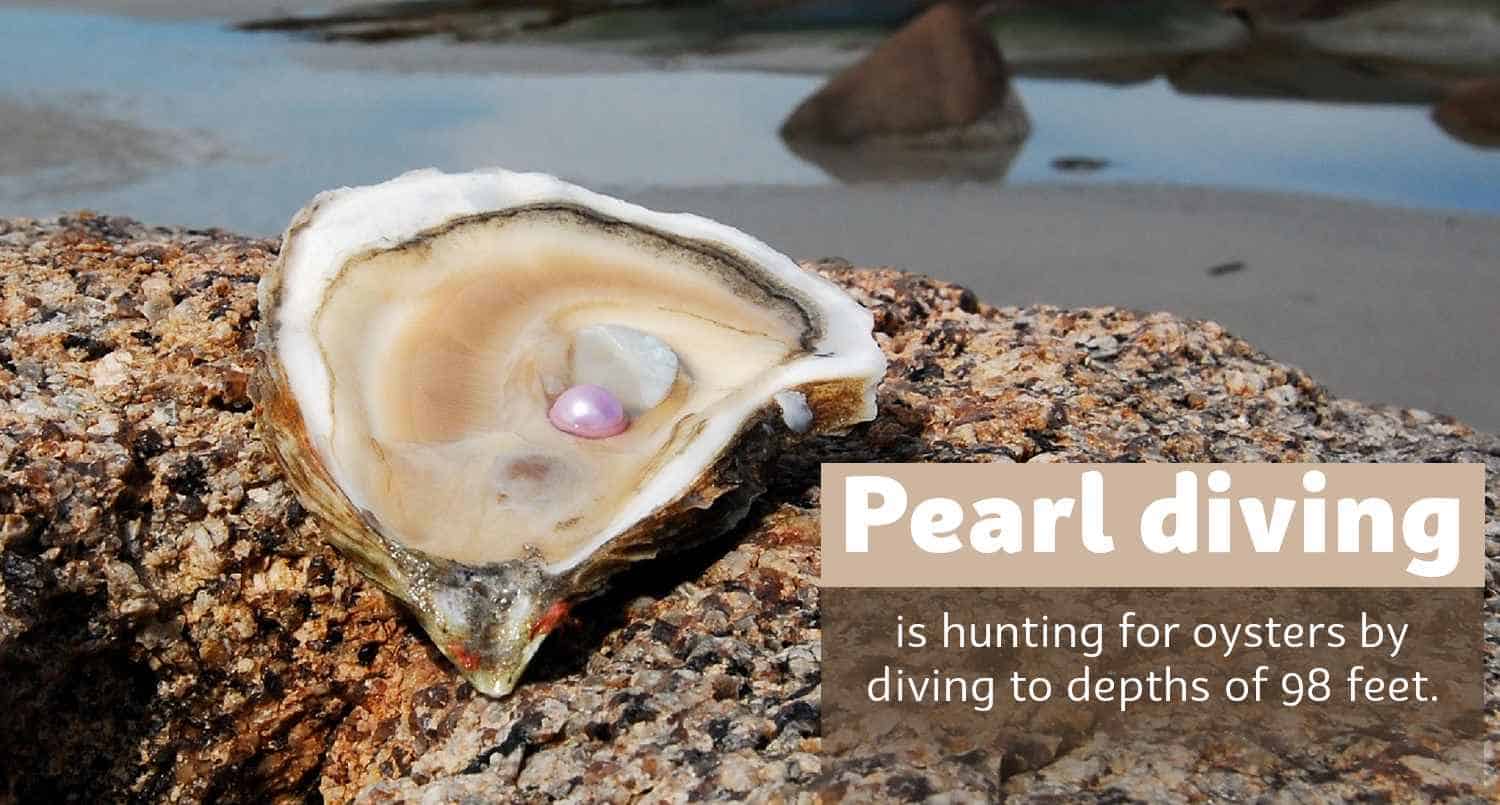
These days, many fishermen use fishing lines. These vary in length, material, and weight. The other method that is used is kite fishing. Invented in China, kite fishing enables boatless fishermen to access water that would only be accessible via a boat. Conversely, kite fishing allows fishermen to with boats to fish in areas where it’s not safe to navigate such as coral reefs and shallow waters.
Another popular method is fish traps. Two types exist — permanent and semi-permanent, situated in a river and baited to attract prey and intermittently lifted. Using explosives is also an option.
A fairly new method of catching fish is electrofishing. Without getting too technical, electrofishing is a series of calibrated pulses of direct current induces muscular contractions in fish. That causes the fish to swim toward the source of the electrical pulses.
The aforementioned are the methods that have developed over time. Fishing was mostly used in the ancient era for nourishment. What is it being used today?
Sportfishing
For the most part, financial reward isn’t the reason that people participate in sportfishing. The main reward is the challenge of finding and catching fish. Some sport fishermen will eat what they catch. The ones who do not eat fish will kill it, and bring it to shore for weighing and preservation as trophies.
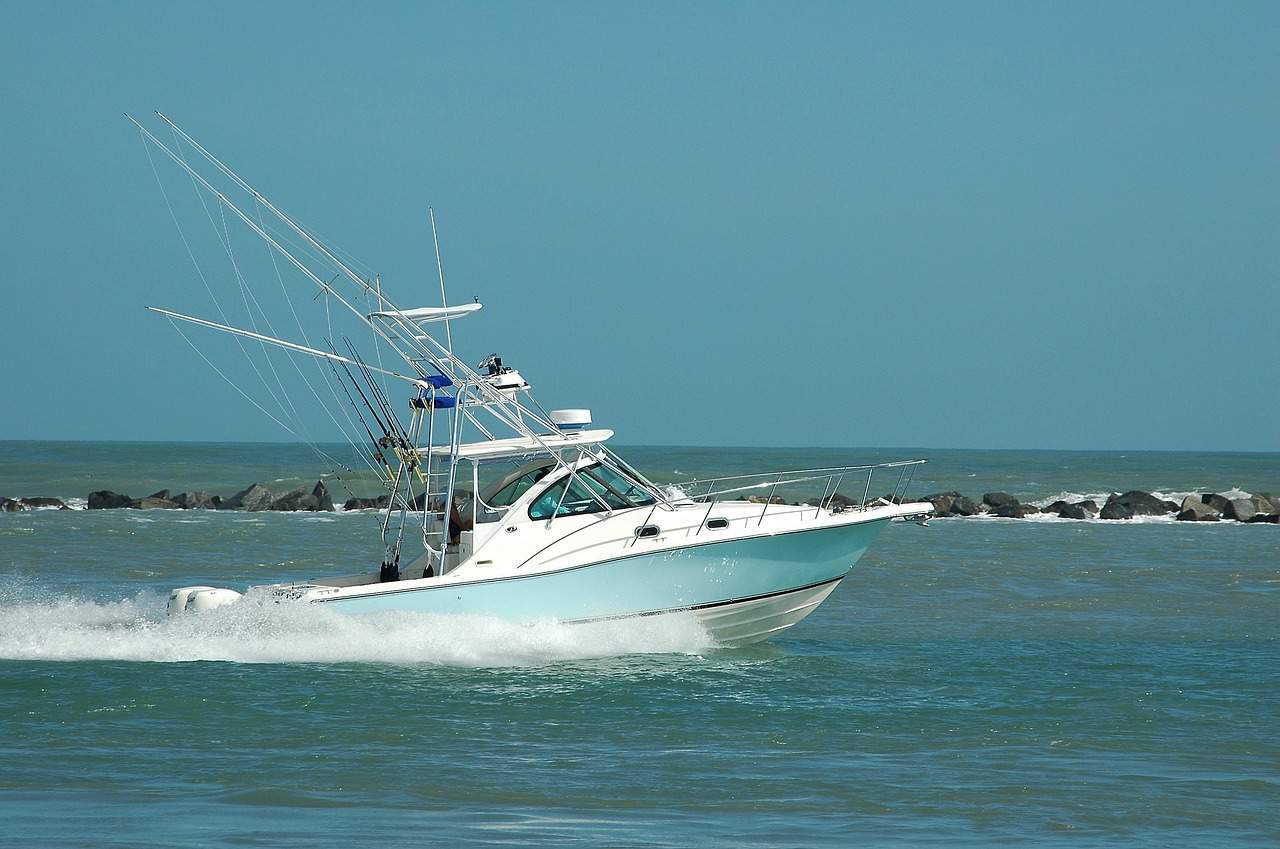
The methods for sportfishing depend on the area being fished, the targeted species, and the resources available. It can be fun, but most of the participants are professionals.
Some people love to fish for pleasure. They get a kick out of going to the countryside and finding a lake to chuck their rod in.
Depending on where you are, recreational fishing contains rules, licensing restrictions, and conventions. The International Game Fishing Association (IGFA) stipulates and governs a set of voluntary obligations. Usually, the laws prohibit the use of nets, as well as catching fish with hooks that are not in the mouth.
Recreational fisherman use a rod, line, reel, hooks, and a wide range of baits. They also use terminal tackle, which complements the presentation of the bait.
Some recreational fishermen keep a log of the caught fish and submit trophy-sized fish to record-keeping bodies.
Kayak fishing has also become popular. It involves fishing from sea kayaks to try to level the playing field with fish, as well as to challenge the fisherman’s abilities.
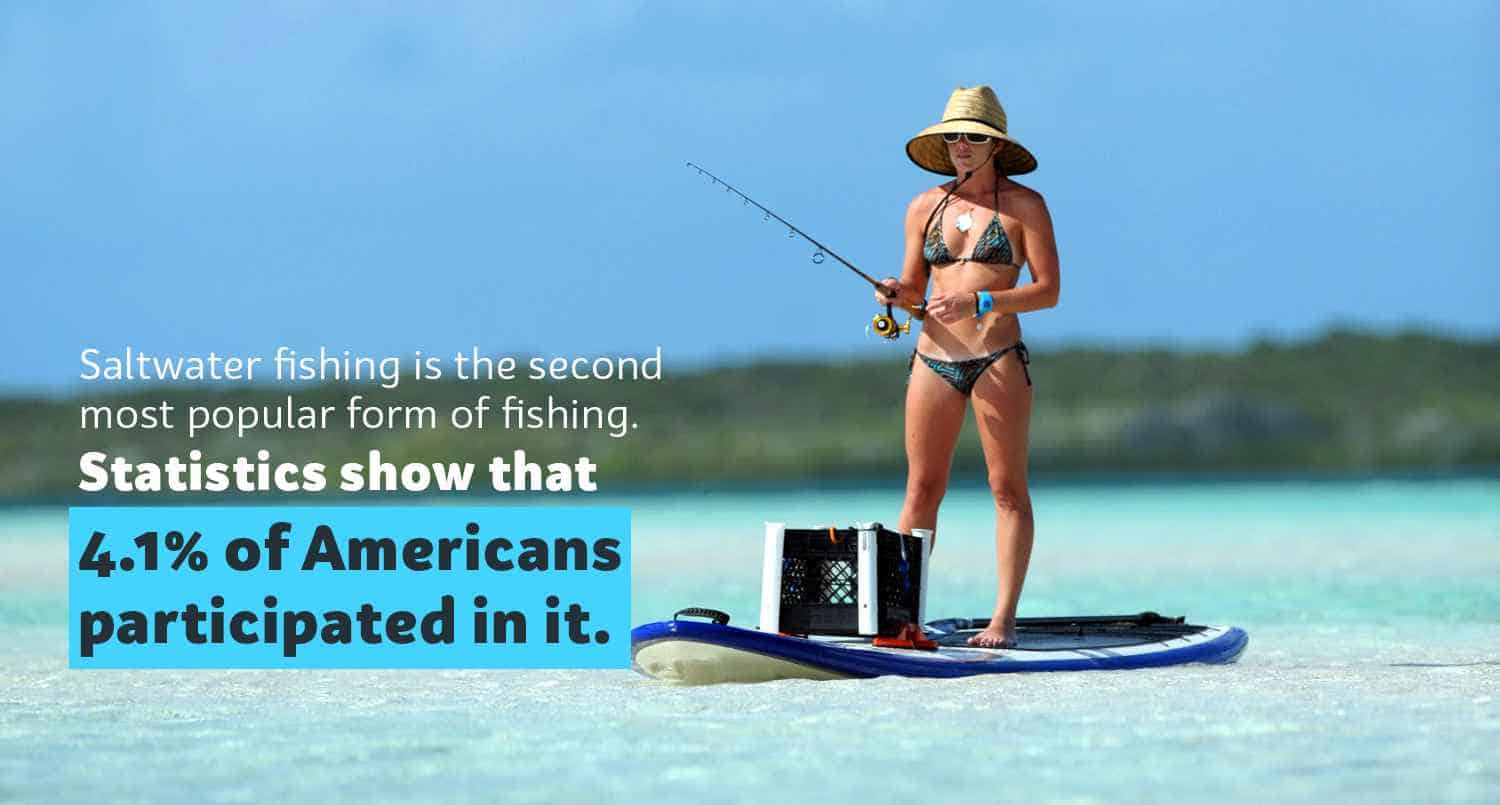
Let’s discuss fishing rods.
Design of fishing rods
Besides the fact that fishing has evolved from being a source of nutrition to an activity, the design of the rods has also changed over time.
The early rods were made of wood, stone or bone and called gorges. The length of the gorges was 1 inch and pointed at both ends. Attached to the gorges were a bat and a line. These were soon made of metal. Fishermen used these gorges to fish from boats but started using longer rods shortly after realizing that the gorges were too short.
People also saw that they could improve the quality of rods, so they replaced the heavy wood with elastic wood. They also used bamboo. In the twentieth century, rods were designed to be shorter and lighter, but the strength of the rods remained. Manufacturers replaced bamboo with fiberglass or carbon fiber.
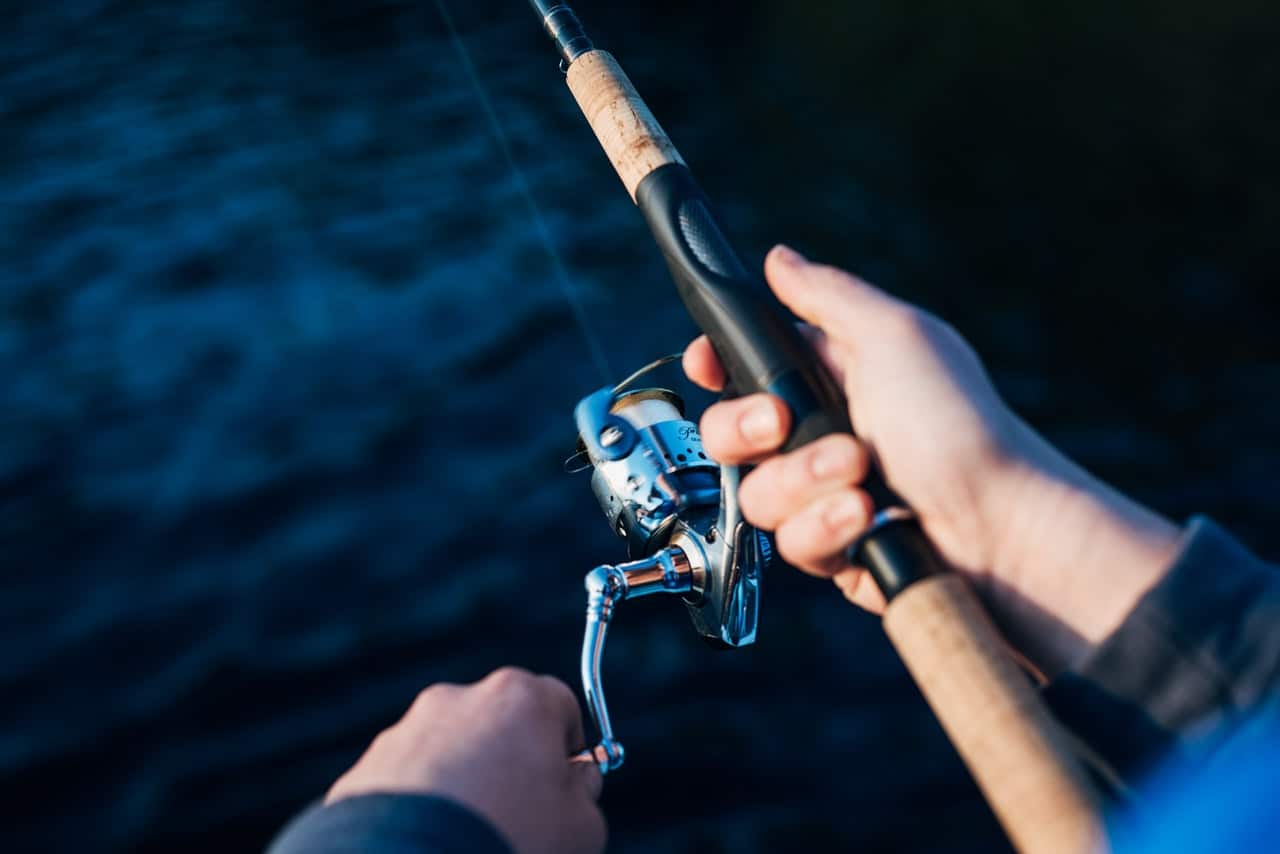
The grips are usually made of cork but also do come in plastic, cloth or wood. Reel seats are from aluminum or metals or plastic. The portions that hold the rod together, known as ferrules, are made of fiberglass or metal.
What’s the future of fishing rod designs?
With the development of technology, manufacturers are trying to make fishing rods more specialized. The design of rods has veered toward making them suitable for catching fish of a certain weight.
What you should know about fishing
Seasons also affect your fishing expeditions. Most people know that summer is the best season to fish but don’t know that there’s also the best time of the day.
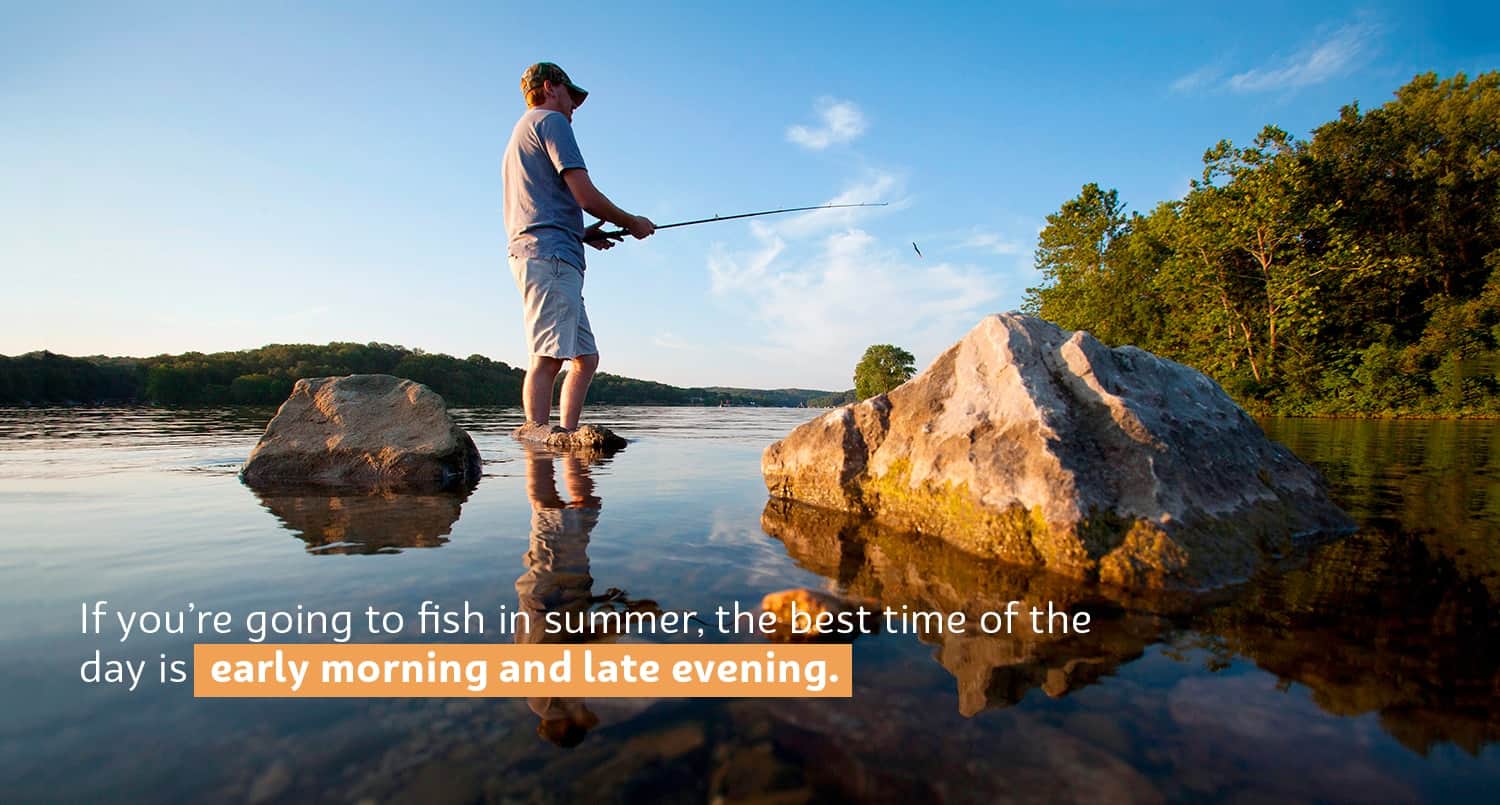
Fishermen who are going to be out in the water during spring and fall should do it around dusk.
If you’re in the southern parts of the U.S., you’re one of the fortunate few who can catch fish all-year-round. Yeah, that means catching fish during winter, but you should probably opt for ice fishing during that time.
People who prefer to catch fish at the beach should check the tidal schedule. They should fish when tides change since fish move in larger numbers during tidal shifts. Also, check the weather for heavy rain. That will limit your chances of catching fish.
What’s also interesting about fish is that some species bite more during a certain period.
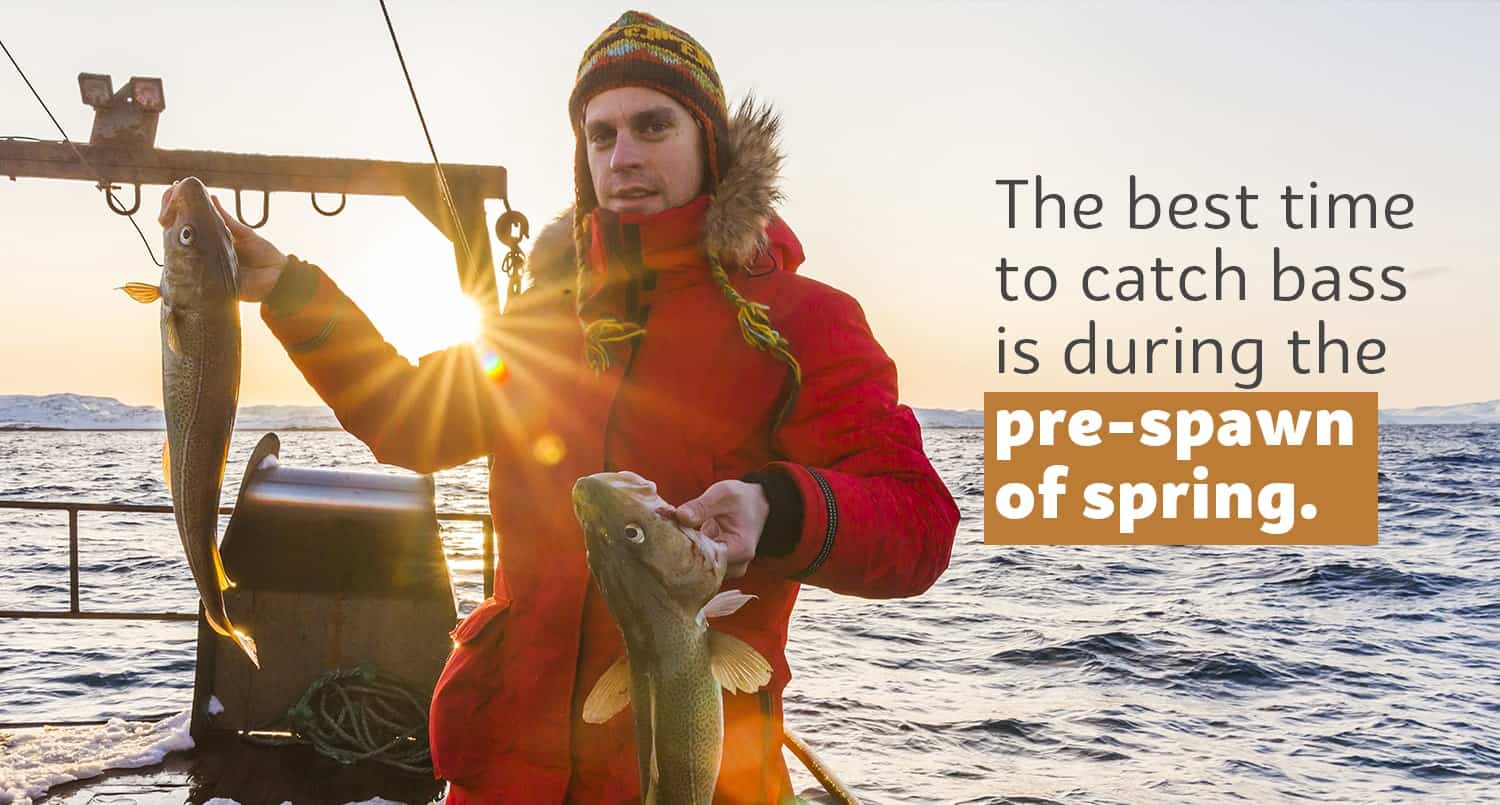
Bass tend to bite when the weather is cloudy or the water is muddy. Otherwise, fish for bass early in the morning or late in the evening.
Trout do most of their biting during feeding time. That’s when bugs and mosquitos are active. The warmer seasons are perfect for trout fishing.
Let’s wrap this up.
In the modern world, we’re fortunate that we don’t have to rely on fishing for survival. Considering that fish experts believe that higher demand for fish exists than supply, we should be glad that it’s not one of the few means of nutrition.
That was the case in ancient civilization.
Since then, not only has the design of fishing rods changed but so has the reason for fishing. Many people catch fish for the challenge. Some fishermen release the fish or kill it to show it off as a trophy.
Although we’re not limited to fishing as a means of survival, the fishing industry is booming. Many companies have gotten in on the action to get their piece of the multi-billion dollar pie. Whereas people in the ancient civilization initially fished to eat, it quickly evolved into an industry.
Not everyone takes fishing so seriously. Some enjoy it as a recreational activity and nothing more.
References
-
https://www.zocalopublicsquare.org/2017/11/07/fishing-created-civilization/ideas/essay/
-
https://outdoorindustry.org/wp-content/uploads/2017/05/2017-Special-Report-on-Fishing_final.pdf

Share this Image On Your Site
<p><strong>Please include attribution to https://thefishingmaster.com with this graphic.</strong><br /><br /><a href=’https://thefishingmaster.com/evolution-of-fishing’><img src=’https://thefishingmaster.com/wp-content/uploads/2019/10/Fishing-Rod-Over-the-Years-1.jpg’ alt=” width=’900px’ border=’0′ /></a></p>

